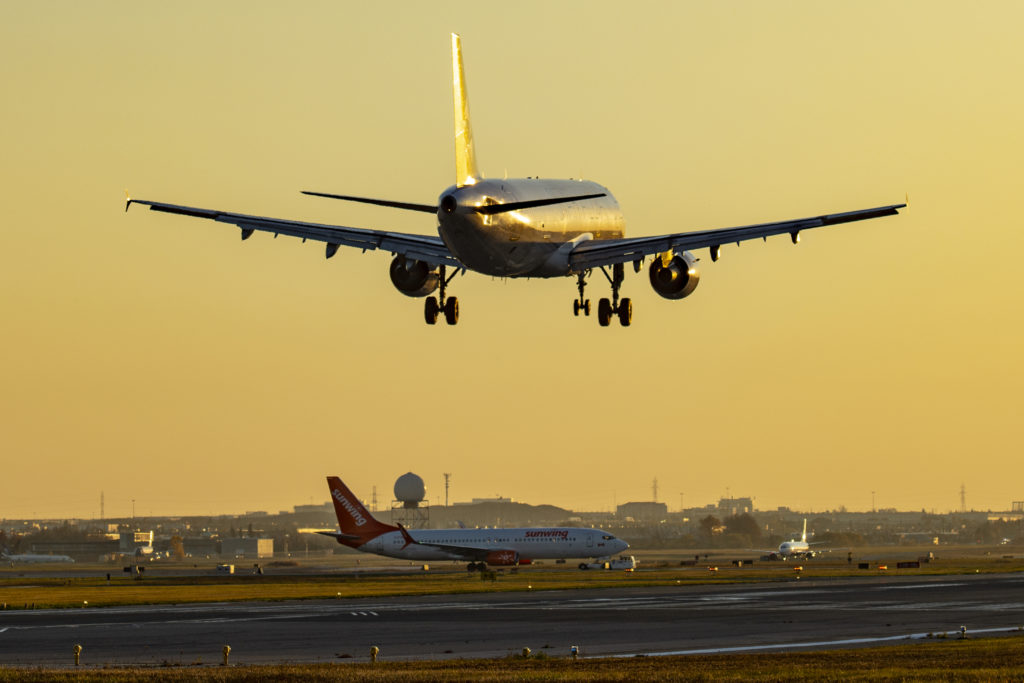Estimated reading time 4 minutes, 56 seconds.
The Transportation Safety Board of Canada (TSB) released its Watchlist 2020 on Oct. 29, which spotlights aviation safety issues that have yet to be resolved, including runway overruns, runway incursions, and fatigue. The TSB Watchlist intends to direct government and industry attention towards key transportation safety issues in Canada that are the result of hundreds of investigations.
The aforementioned aviation safety issues highlighted on this year’s list remain on the list from previous years. Issues are only removed from the list once sufficient progress has been made to reduce the risks.

Runway overruns still occur at Canadian airports, and can result in aircraft damage, injuries, and fatalities. The TSB says over the last 15 years, an average of 9.7 runway overruns have occurred each year in Canada — with 7.5 occurring during landings, and 2.3 during takeoffs. 2019 saw a total of 19 runway overruns.
In March 2020, Transport Canada proposed regulations that would require a 150-metre runway end safety area (RESA) at airports with over 325,000 commercial passengers annually; and require the use of an arresting system on runways where the 150-m RESA cannot be implemented.
However, the TSB stated it is concerned that these regulations “do not consider non-passenger air traffic or the terrain at the end of all runways. . . . [And] do not meet the ICAO standard, which requires a 150-m RESA for all runways 1,200 m in length and longer, and provisions for other types of runways.”
The TSB made a recommendation (A07-06) that the Department of Transport require all airports with runways longer than 1,800 m have a 300-m RESA, or a means of stopping aircraft that provides an equivalent level of safety.
So far, Ottawa International Airport, Vancouver International Airport, and Montreal-Trudeau International Airport have implemented 300-m RESAs, but many other airports have not.
There is also currently no regulatory requirement for runway overrun awareness and alerting systems in Canada.
Runway incursions, which occur when an aircraft or vehicle mistakenly occupies an active runway, are another existing issue at Canadian airports that can lead to aircraft colliding with vehicles or other aircraft. According to the TSB, the runway incursion rate in Canada has risen from an average of 5.3 incursions per 100,000 arrivals and departures in 2010, to an average of 9.9 in 2019.
Nav Canada recorded 623 runway incursions in Canada in 2019 (up from 334 in 2010).
However, the TSB says there is no one solution to reducing the number of runway incursions. “Reducing the risk of runway incursions is a complex issue and requires collaboration from all sectors of the aviation industry and tailored solutions for each airport,” the Board added.
Some actions have been taken in Canada to reduce runway incursion risks, including airport authorities making runway holding positions more visible to flight crews. Electronic flight bags with moving maps are becoming more prevalent with operators. But despite these efforts, “there continues to be a consistent increase in the overall rate of runway incursions at Canadian airports,” the TSB said.
The Board believes the most effective solutions would be wider-reaching technological advancements such as in-cockpit situational awareness aids, as well as runway status lights.
Also remaining on the list is fatigue, as well as safety management and regulatory surveillance issues. Fatigue is “one of the most pervasive issues” that has remained constant on the TSB Watchlist, according to the Board.
Over the last 30 years, the TSB has identified sleep-related fatigue as a contributing factor or risk in 34 aviation occurrences.
Transport Canada published new requirements for managing flight crew fatigue in December 2018. However, the regulations have a staggered implementation period. Air operators subject to Canadian Aviation Regulations (CARs) subpart 705 have until December 2020 to comply with the new requirements. And air operators subject to CARs subparts 703 and 704 have four years (until December 2022) to comply with the new requirements.
The TSB said the issue of fatigue management in aviation will remain on the Watchlist until such air operators implement the new flight crew fatigue management regulations, and the Board has an opportunity to assess the impact of these new regulations on aviation operations.








